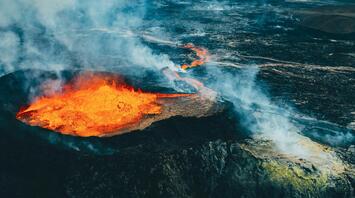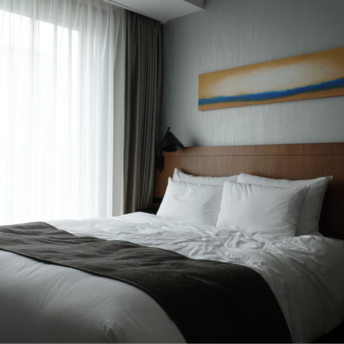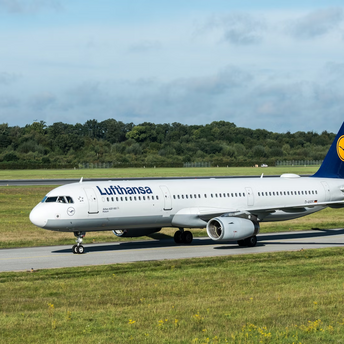Renewed Safety Zones, Stunning Landscapes, and Essential Travel Advice

After nearly a year of restrictions due to volcanic activity, the Icelandic town of Grindavik has reopened to the public. The town, located on the Reykjanes Peninsula, faced significant seismic and volcanic disturbances last year, prompting evacuations. Now, restrictions have been lifted, allowing tourists to return to the area, though they are strongly advised to remain cautious and follow safety guidelines established by local authorities.
Besides Grindavik itself, the famous Blue Lagoon geothermal spa has also reopened after a recent closure due to volcanic activity. With the volcanic situation in the region stabilizing, authorities have adjusted safety zones, allowing tourists to safely enjoy the lagoon while watching lava flows in the distance—a rare sight that draws numerous visitors each year.
Grindavik offers several intriguing spots that attract tourist attention. First is the Reykjanes Geopark, where visitors can witness volcanic craters, lava fields, and hot springs that create a unique landscape. This area includes numerous hiking trails, allowing exploration of the peninsula’s shifting terrain and insight into the region's geological activity.
For tourists, visiting Grindavik and the Blue Lagoon is an opportunity to experience Iceland’s natural wonders firsthand, but it requires caution. According to the Icelandic Tourist Board, visitors should review safety information before entering the area and follow all local advisories due to unpredictable conditions that may lead to sudden closures.
For travelers, Grindavik’s reopening offers a unique blend of adventure and insight into Iceland’s resilience. While visiting such areas can be thrilling, tourists should respect safety protocols to avoid unnecessary risks, ensuring both their safety and that of the local community. Grindavik serves as a reminder of nature’s power and the cautious approach needed to engage safely with it, offering travelers the chance to appreciate the balance between human life and Iceland’s dynamic landscapes.



















